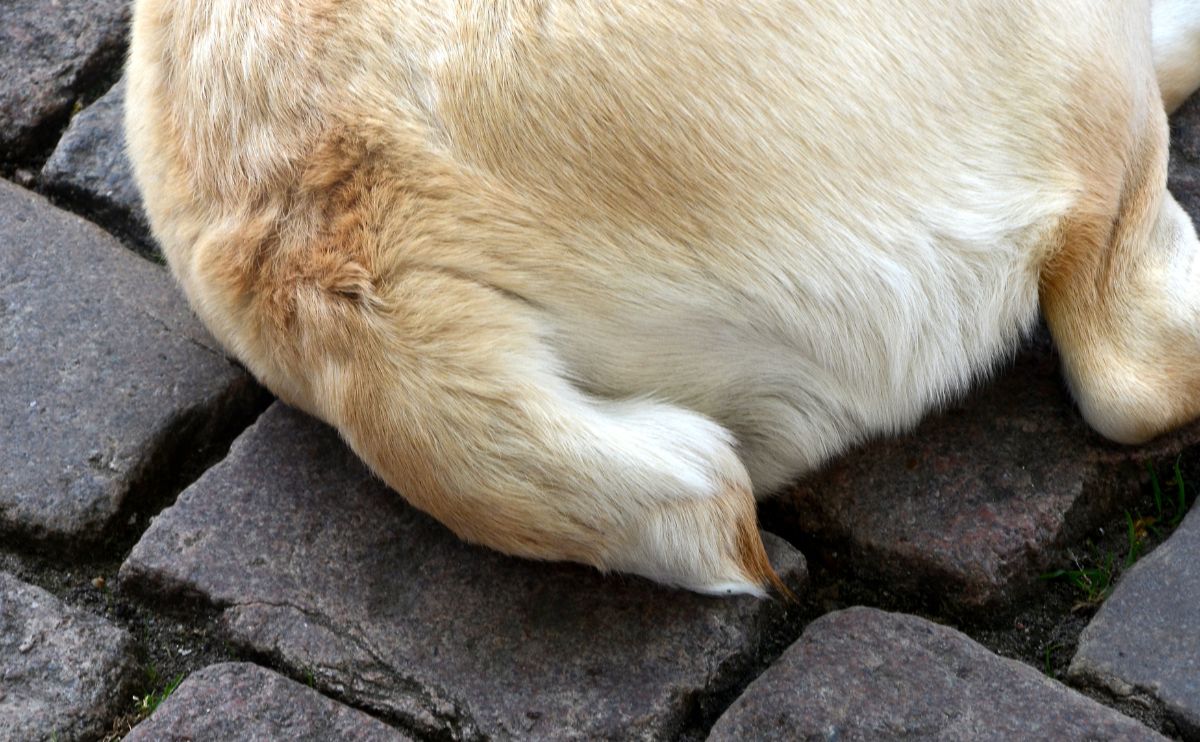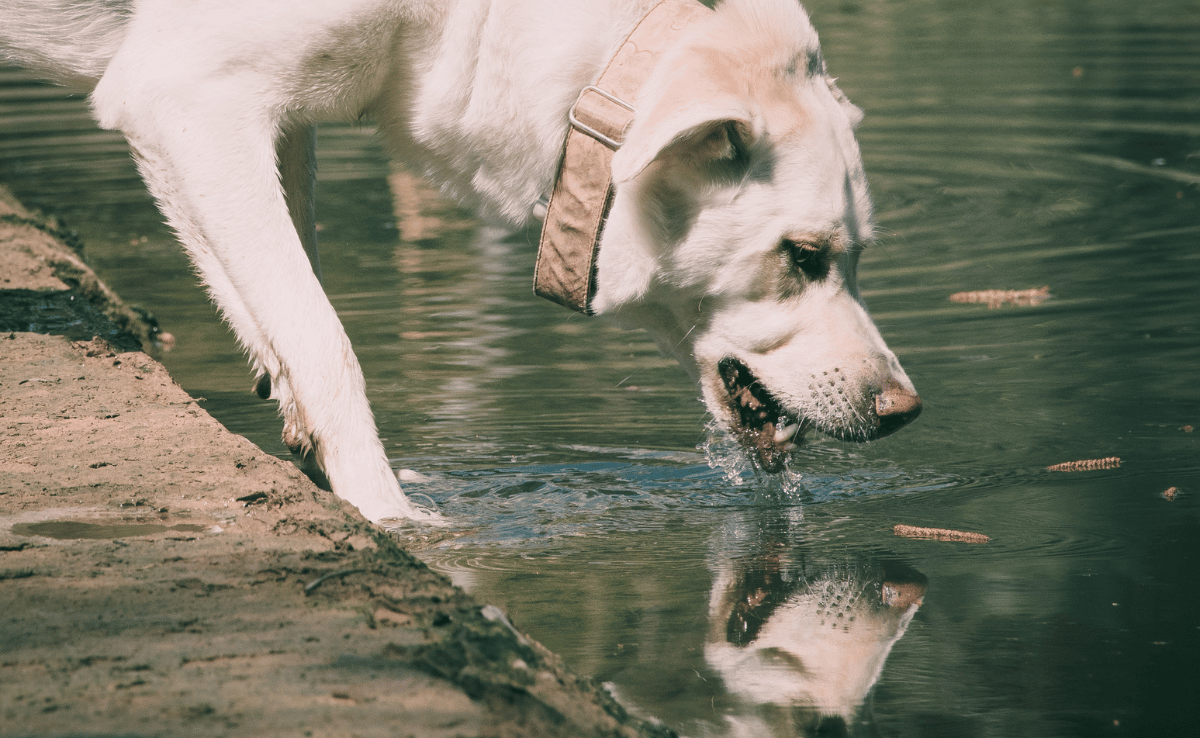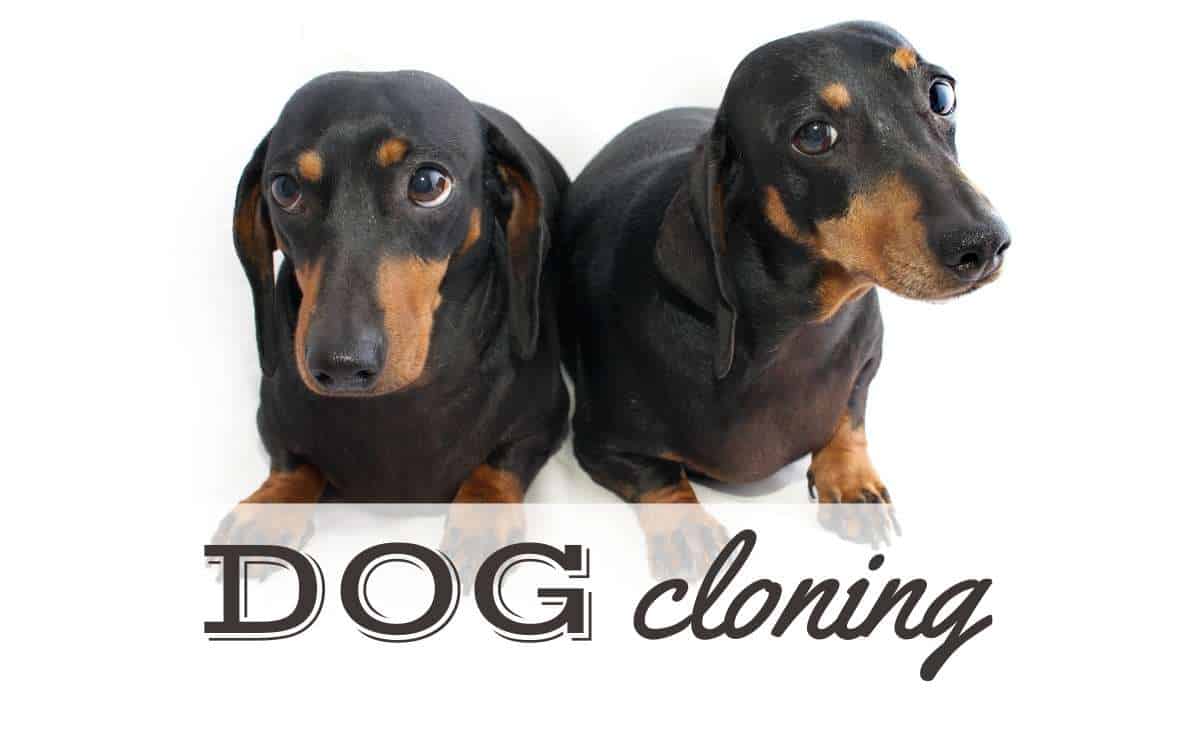How Long Can A Dog Go Without Eating? The Warning Signs You Can’t Ignore
When you purchase through links on our site, we may earn a commission. Here’s how it works.
There’s nothing more unsettling than watching your dog turn her nose up at her food bowl, especially when mealtime is usually met with excitement or at least a mild interest. Whether she’s skipping meals, refusing treats, or avoiding her water bowl altogether, it’s natural to feel a rising sense of worry. Many dogs lose their appetite for a day or two, but when does it become dangerous? The answer may surprise you.
Table of Contents
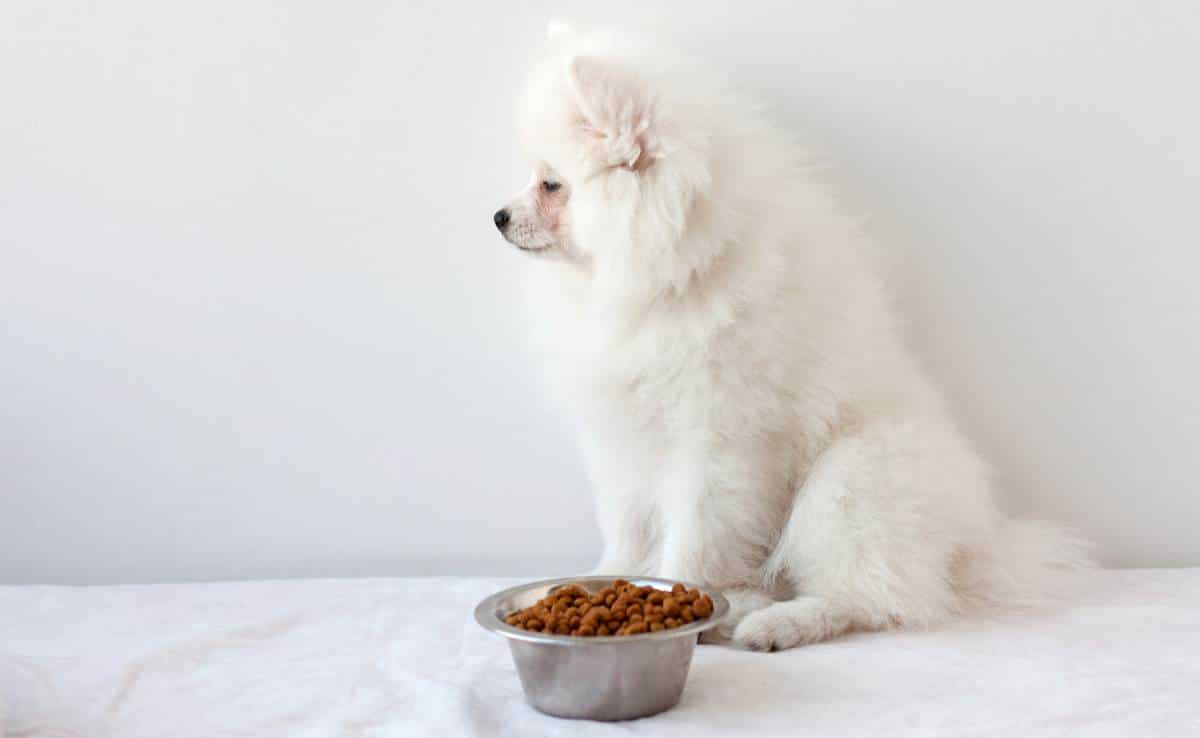
When does a simple loss of appetite turn into a serious health concern? If your pup isn’t eating or drinking, don’t panic. Many dogs go through temporary periods of food refusal, but sometimes, it’s a sign of something more concerning. When it comes to your dog’s health, every meal matters.
Why Do Dogs Stop Eating or Drinking? When to Worry and What to Do
Loss of appetite, also known as anorexia in dogs, isn’t a disease itself but a symptom of an underlying problem. That problem can range from something as simple as an upset stomach to something as serious as an internal parasite, an intestinal blockage, or organ failure. Understanding the possible causes is the first step in knowing when to wait, when to intervene, and when to rush to the vet.
8 Common Reasons Dogs Stop Eating or Drinking
There are so many reasons a dog stops eating or drinking water. And some causes may be more evident than others. Fortunately, this is usually a temporary situation that often resolves independently.

However, if your pup has gone more than 24 hours without drinking anything or over 48 hours without food, you need to seek vet care for treatment and a diagnosis of any health problem that may be causing your pup’s anorexia (food refusal).
1. Illness or Underlying Health Issues
From mild digestive upset to serious diseases like cancer, kidney failure, or liver disease, illness is one of the most common reasons dogs lose their appetite. If your dog has also become lethargic, is vomiting, or has diarrhea, it’s time to call the vet.
2. Intestinal Blockage: A Medical Emergency
Dogs love to chew things they shouldn’t, but if your pup has swallowed something indigestible, like a sock, toy, or bone fragment, it could become lodged in the digestive tract. An obstruction can quickly become fatal without treatment. Signs include vomiting, straining to poop, and a swollen belly. If you suspect this, don’t wait; seek emergency vet care immediately.
3. Dental Pain or Mouth Problems
Dogs suffering from tooth infections, gum disease, oral tumors, or broken teeth may refuse food simply because it hurts to chew. If your dog is drooling excessively, pawing at their mouth, or favoring one side when chewing, a dental issue could be the culprit.
4. Pain or Post-Surgical Recovery Pain
Whether from an injury, arthritis, or recent surgery, it can cause a dog to lose their appetite. Some dogs instinctively avoid eating when they’re in discomfort, making pain management an essential part of their recovery.
5. Vaccination or Medication Side Effects
Certain vaccines and medications can cause temporary appetite loss as a side effect. If your dog recently had shots or started a new medication, check with your vet about possible reactions.
6. Anxiety, Stress, or Emotional Changes
Dogs are incredibly sensitive creatures, and stress can easily affect their eating habits. A recent move, a new pet or baby, changes in routine, or even loud noises can make some dogs too anxious to eat. If your dog has been acting withdrawn or pacing, emotional distress might be the cause.
7. A Sudden Change in Food
Did you recently switch your dog’s food? Some pups are more resistant to change than others. If your dog sniffs the new food but refuses to eat, mix it gradually with their old food to ease the transition.
8. Picky Eating Habits
Yes, some dogs simply decide they don’t like their food anymore. If your dog is holding out for something tastier (like table scraps), it might be time to evaluate their feeding habits and ensure they’re getting a balanced, nutritious diet. You can learn more about dog foods for picky eaters in our guide.
The Bottom Line
A dog skipping a single meal isn’t always an emergency, but prolonged refusal to eat or drink is a red flag. If your pup’s appetite doesn’t bounce back quickly, pay attention to other symptoms and don’t hesitate to get a vet’s opinion. Because when it comes to your dog’s health, every meal and every sip of water matters.
Warning Signs of Dehydration in Dogs and Extra Tips to Encourage Eating
Dehydration can set in quickly if a dog refuses to drink water. Early signs include dry gums, thick saliva, and excessive panting. A dehydrated dog may also appear lethargic, weak, or unwilling to move much. You can check for dehydration by gently lifting the skin at the back of your dog’s neck. If it doesn’t snap back into place right away, your dog may be dehydrated and need fluids immediately.
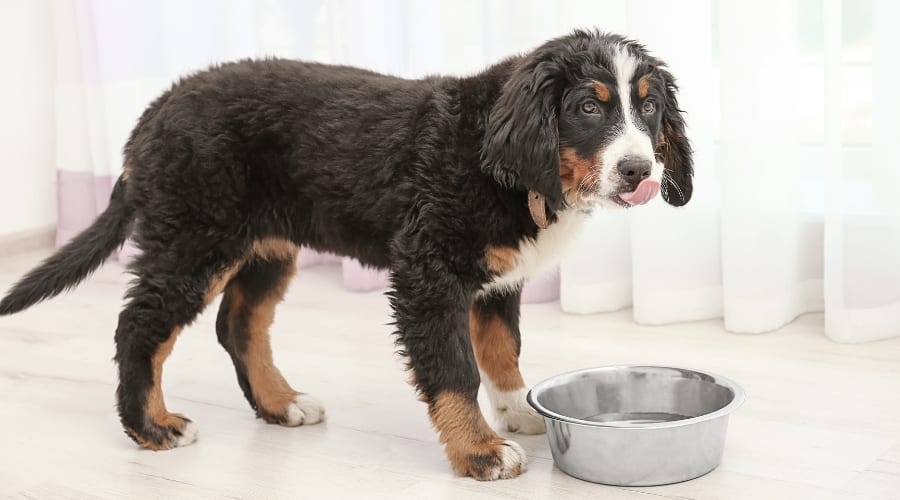
More severe dehydration causes sunken eyes, dry nose, and loss of appetite. Dogs may struggle to stay alert or collapse if their condition worsens. If your dog hasn’t had water in 24 hours or is showing severe symptoms, seek emergency veterinary care. A vet may need to administer fluids to prevent organ damage and serious complications.
If your dog won’t eat, try making food more appealing. Warm it slightly to enhance the smell, or mix it in with low-sodium broth. Hand-feeding small portions can also help encourage eating. For stubborn eaters, try offering wet food, plain boiled chicken, or baby food (make sure it’s free of onions and garlic).
How Do I Get My Dog to Drink Water?
Dehydration can set in much faster than malnutrition, so if your dog isn’t drinking, you’ll need to act quickly. Some dogs stop drinking because they’re nauseous, in pain, or simply feeling too weak to get to the water bowl. The key is finding creative ways to encourage hydration before dehydration becomes dangerous.
Here are some ways to get your dog to drink again:
- Add Ice Cubes to the Water Bowl – Some dogs prefer cool, crisp water over room-temperature water. Dropping in a few ice cubes can make drinking more appealing and even turn it into a fun game!
- Flavor the Water – Plain water might not be enticing enough, but adding low-sodium bone broth and diluted chicken broth can boost flavor. If your dog is only drinking flavored water, gradually reduce the flavoring over time to encourage plain water consumption.
- Offer Ice Cubes as a Treat – If your dog isn’t drinking from the bowl, try offering an ice cube to lick or chew. This is a great way to sneak in hydration without overwhelming a dog who isn’t feeling well.
- Try a Dog Water Fountain – Some dogs are picky about stagnant water and prefer running water instead. A dog water fountain can be a great way to encourage drinking, especially for dogs who love drinking from the faucet or outside water sources.
- Offer Hydrating Foods – If your dog isn’t drinking much, wet food, plain yogurt, or watermelon (seedless and in moderation!) can help provide some hydration. Just be sure to choose safe options that won’t upset her stomach.
- Try Pedialyte (With Vet Approval) – If your dog shows signs of dehydration (lethargy, dry gums, loss of skin elasticity), ask your vet if you can give a small amount of unflavored Pedialyte to help restore electrolytes. This isn’t a long-term fix, but it can help in the short term while you seek professional care.
If your dog hasn’t had a sip of water in 24 hours or is showing signs of dehydration, contact your veterinarian immediately. A dog can go longer without food than water, so this is a critical issue that shouldn’t be ignored.
Dog Won’t Eat? Clever Tricks to Get Their Appetites Back
When your dog refuses to eat, it can be incredibly frustrating and worrisome, especially if she normally devours her meals. The goal isn’t just to get food into her but to make eating an enjoyable, irresistible experience until her appetite returns.

Here are some tried-and-true ways to encourage your dog to eat:
1. Warm Up the Food
Just like how the smell of a home-cooked meal makes our mouths water, warming your dog’s food can release the aroma and make it more enticing. Pop dry or wet food in the microwave for a few seconds (but make sure it’s not too hot!) to bring out the flavors and make it easier to eat.
2. Add Flavor Boosters
If your dog isn’t interested in her regular kibble, adding low-sodium bone broth, chicken broth, or even water from canned tuna can enhance the taste and smell, making it much more appealing. These liquids also add extra hydration, which is especially important if your dog isn’t drinking much water.
3. Switch to Wet Food
If your pup normally eats dry kibble, try offering wet food instead. The softer texture and richer scent can make a huge difference, particularly if your dog feels unwell or has dental pain. Wet food is also more hydrating, which helps prevent dehydration while she’s eating less.
4. Try Hand-Feeding
Sometimes, dogs refuse to eat because they feel anxious or nauseous or just need extra comfort. Hand-feeding small amounts can encourage your dog to take those first bites while providing the reassurance she needs. Eating from your hand can feel like a treat rather than a chore!
5. Add Variety With Toppers
Mixing in plain boiled chicken, unseasoned scrambled eggs, or plain pumpkin can add much-needed excitement to your dog’s meal. Be sure to avoid seasoning, onions, garlic, or anything toxic to dogs.
6. Stick to a Feeding Routine
If your dog has started turning up her nose at meals, don’t leave the food out all day. Offer her food for 15-20 minutes, then take it away if she doesn’t eat. This helps establish a mealtime routine and prevents picky-eating behaviors from forming.
If your pup still refuses to eat after 48 hours, or if she’s showing other concerning symptoms, it’s time to call the vet.
How Long Can a Dog Survive Without Eating? The Surprising Truth
A dog refusing to eat for even a day can be alarming, but how long can they actually survive without food? A healthy adult dog can technically go three to five days without eating as long as it’s still drinking water, according to information from the American Kennel Club (AKC). But just because they can doesn’t mean they should. Food provides essential energy, and prolonged fasting weakens the immune system, slows recovery from illness, and can cause dangerous drops in blood sugar. If your dog hasn’t eaten in 48 hours, it’s time to take action and call your veterinarian.
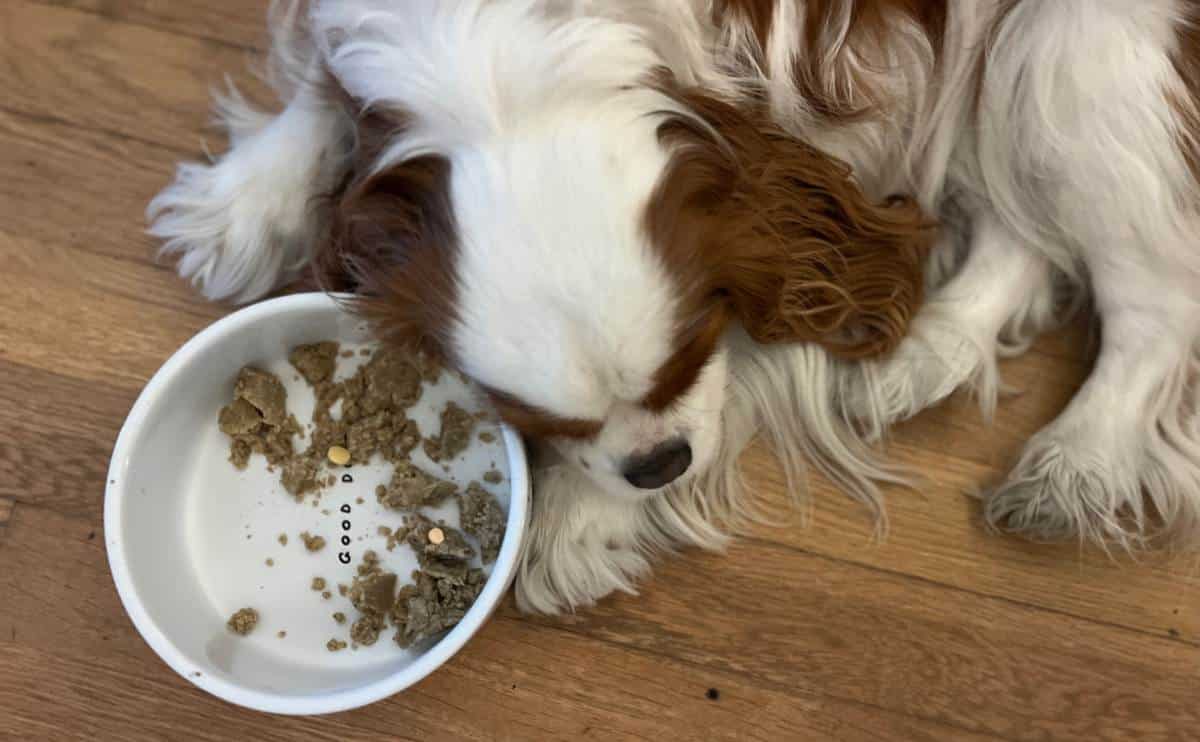
For dogs with underlying health conditions, the risks are even higher. Diabetic dogs, those with kidney or liver disease, and senior dogs may experience rapid declines without regular meals. A pregnant or nursing dog needs constant nutrition to support her body and her puppies, making food refusal an even greater emergency. A delay in eating can lead to hypoglycemia, organ strain, and severe weakness, requiring immediate intervention.
Food refusal is often a symptom of something more serious, even in healthy dogs. It’s important to observe your dog’s behavior. If she seems lethargic, refuses treats, vomits, or has diarrhea, don’t wait. She may need medical attention before things get worse.
My Dog Has Not Eaten In 2 Days: What Should I Do?
If your dog is skipping meals, monitor her closely and try encouraging her to eat with warmed food, bone broth, or hand-feeding. But if she won’t eat for two full days, or if she stops drinking water, don’t hesitate to seek veterinary care. The sooner you identify the cause, the better the chances of returning your dog to her happy, healthy self. Veterinarian Dr. Hannah Godfrey, MRCVS, discusses dogs not eating in more detail in this article.
What The Veterinarian Says
Your dog can go longer without food than they can without water. If your dog isn’t eating or drinking anything for twenty-four hours, you should make an appointment to take them to the veterinarian. On the other hand, if they are still drinking and seem okay, you could wait a little longer to see if they improve. You should never let your dog go longer than 48 hours without eating. You should take them to visit a vet as soon as possible.
Any time a dog is not eating and is losing weight, or their coat starts looking poorly, it’s time to see the veterinarian. Unfortunately, many owners mistakenly correlate their dog losing weight with their dog refusing to eat. A healthy dog won’t starve himself, no matter how picky he may be. Unless your dog is on a diet, losing weight is likely to be a medical issue that needs addressing.
– Dr. Hannah Godfrey, MRCVS, Veterinarian
When to Call the Vet
While some appetite loss is temporary, certain red flags mean you shouldn’t wait to seek professional care:
- Your dog refuses to drink water for more than 24 hours
- Your dog refuses to eat for more than 48 hours
- Sudden weight loss, vomiting, diarrhea, or extreme lethargy
- Signs of abdominal pain, bloating, or straining to poop (possible blockage)
- Excessive drooling or difficulty chewing (potential dental issues)
Puppies and Fasting: How Long Is Too Long Without Food?
Puppies are far more vulnerable to hunger than adult dogs because they lack the fat reserves needed to sustain them. Their tiny bodies burn through energy quickly, meaning prolonged fasting can lead to weakness, lethargy, and dangerous drops in blood sugar. How long a puppy can go without food depends on their age, breed, and overall health.
Very young puppies, especially those under eight weeks old, should never go more than five hours without eating. Older puppies, typically those over two months, may be able to last up to 12 hours, but skipping meals can still be risky.
Toy breed puppies face even greater dangers when they miss a meal. Breeds like Chihuahuas, Yorkshire Terriers, Maltese, and Pomeranians are prone to hypoglycemia, a dangerous drop in blood sugar that can cause shaking, disorientation, seizures, and even death. Their fast metabolisms demand frequent meals, and just a few missed feedings can lead to life-threatening complications.
If you have a toy breed puppy, it’s critical to stick to a regular feeding schedule and watch for early signs of low blood sugar, like weakness or excessive sleepiness.
Puppies aren’t just at risk from hunger; prolonged fasting can stunt their growth and weaken their immune system, making them more susceptible to infections and illness. If your puppy refuses food, consider warming it, adding low-sodium broth, or hand-feeding small amounts to encourage eating. However, don’t wait to seek veterinary care if your puppy hasn’t eaten for more than a few hours (especially if they’re very young or a toy breed).
Skipping meals is never normal for puppies. Food refusal should always be taken seriously, including when they are teething, adjusting to a new home, or experiencing tummy troubles. A puppy’s growing body depends on steady nutrition, and early intervention can prevent serious health issues. If your puppy won’t eat and seems weak or lethargic, call your vet immediately to ensure they get the support they need.
Can Pet Insurance Help?
If your dog isn’t eating, there’s a strong chance they will need to see a vet. An exam for this can easily be a couple of hundred dollars or more, depending on the tests the vet runs and what is discovered. Pet insurance can help cover the cost of diagnostic tests. Not every pet insurance provider covers exam fees for accidents and illnesses, so check out the last column of our comparison table and be sure to check the policy before signing up for coverage if this is important to you.
How To Syringe Feed Your Pup (Video)
Syringe feeding should only be done when other attempts to get your pup to eat have failed and your vet okays it. In this four-minute video, a veterinarian demonstrates the best, low-stress way to feed your pup using a syringe. Tip: If your dog doesn’t pant or open her mouth voluntarily, you can gently place the syringe in the back corner of her mouth.
Our Personal Experiences With Dogs Who Refuse To Eat
A few Canine Journal team members share their personal experiences with their dogs refusing to eat.
Sally: Picky Eater or Just Too Hot to Care About Food?
Every summer, like clockwork, my dog Sally would suddenly lose interest in her food. As the temperatures climbed, her appetite seemed to disappear. At first, I worried. Was she sick? Was there something wrong with her food? But the pattern was undeniable. Every year, as the heat set in, her enthusiasm for meals faded.
After a particularly frustrating week of her barely touching her kibble, I brought it up with our vet. To my relief, they assured me that seasonal appetite changes can be completely normal. Just like some humans don’t feel as hungry in the heat, dogs can also experience a natural decrease in appetite when temperatures shift drastically.
The vet suggested trying a food topper to make her meals more enticing. We started adding a little something extra, whether it was bone broth, a spoonful of wet food, or a sprinkle of freeze-dried toppers, and just like that, she was back to eating without hesitation. Ever since making this simple change, we haven’t had the issue again. Now, when summer rolls around, I don’t panic. I just make sure her meals have a little extra flavor, and she’s happy to dig in.
That said, every dog is different. While a decreased appetite is normal for my dog in the summer, it can also be a sign of an underlying health issue in others. If your dog suddenly stops eating or their behavior changes, it’s always best to check with your vet to rule out anything serious.
– Kimberly Alt, Dog Mom Canine Journal, Writer & Pet Insurance Expert
Cookie: The Perpetually Picky Chihuahua or Tiny Drama Queen With a Toothache?
My Toy Chihuahua, Cookie, was always a picky eater, but the girl loved her food. One afternoon, she stopped eating. She would not touch her dinner. No matter what I tried, I could only get her to drink water and chicken broth. The next morning, it was the same thing; she would not touch the food but lapped up some chicken broth. Clearly, my girl was hungry, but what was stopping her from eating her food?
I, of course, was starting to get really worried. I boiled a fresh chicken breast for Cookie, one of her favorite treats. She ate a very small amount, just a few bites. I decided it was time to call the vet. While she wasn’t acting sick or lethargic, it was becoming very clear that something was wrong beyond being a picky princess.
The vet did an exam and gave me some unexpected news: Cookie had a problem with two of her teeth, which needed to be removed immediately. She was having a ton of mouth pain, especially when chewing. This was why she refused to eat. Once we removed the teeth and she recovered, Cookie returned to eating with gusto. This is a good reminder to always clean your dog’s teeth. It can help keep their breath fresh and prevent dental decay.
– Danielle DeGroot, Rescue Dog Mom, Canine Journal Research & Writing

Frequently Asked Questions
Our dog’s eating habits can be very unpredictable. If they suddenly stop eating, of course, we worry. I’ve answered some of the most often-asked questions, but if I missed yours, let me know in the comments below.
What Happens When A Dog does not eat for three days?
When a dog goes three days without eating, their body starts breaking down fat and muscle for energy, leading to weakness and lethargy. Their immune system weakens, making them more vulnerable to illness. Dehydration becomes a serious risk if they are also not drinking water, which can quickly lead to organ failure and life-threatening complications.
A healthy adult dog might survive without food for several days, but prolonged fasting is never safe. If your dog has refused food for more than 48 hours, seeking veterinary care is critical. Loss of appetite is often a symptom of an underlying health issue, and early intervention can prevent serious consequences.
My dog only eats once a day? Is this healthy?
While this may seem worrisome, for some dogs, once-a-day feeding is what works best for them. It is normal to want to feed your dog multiple meals a day, but it is not unhealthy for dogs to only eat once daily. Research from the Dog Aging Project has shown several health benefits to once-a-day feeding. These include “lower odds of having gastrointestinal, dental, orthopedic, kidney/urinary, and liver/pancreas disorders.” As long as your dog is eating healthy food that meets their nutritional needs, a once-daily meal is not bad for them.
What exactly should I look for in healthy dog food? It’s hard to know what that means when reading labels.
Not all dog food is created equal. A high-quality diet should have real animal protein as the first ingredient, along with healthy fats, fiber, and essential vitamins. Avoid foods with artificial additives, fillers, and by-products. Dogs thrive on balanced nutrition that supports their energy levels, digestion, and overall health.
Different life stages have different needs. Puppies need high-calorie food rich in protein and fat to fuel their rapid growth. Adult dogs require a balanced diet to maintain weight and muscle. Senior dogs benefit from easily digestible proteins, joint-supporting nutrients, and lower calories to prevent weight gain.
Size also matters when choosing dog food. Small breeds need smaller kibble and higher energy content to match their fast metabolism. Large breeds require controlled calcium and phosphorus levels to support strong bones and joints. Active dogs need more calories and protein, while less active dogs do best with a leaner formula.
When choosing food, look for AAFCO-approved labels to ensure complete and balanced nutrition. Consider your dog’s age, size, and activity level to find the best match. The right food can keep your pup healthy, energetic, and thriving for years to come.
Have a Picky Pup? How to Find the Perfect Food
Some dogs will eat anything, while others act like food critics, turning their noses up at the same old kibble. If your pup has lost interest in mealtime, it might be time to make food more exciting. Fresh dog food made with human-grade, whole-food ingredients can be a game-changer. While it costs more, it delivers superior taste and nutrition, making it an excellent option for picky eaters of all ages.
If fresh food isn’t within your budget, try enhancing your dog’s diet. Adding a freeze-dried raw topper or mixing in warm bone broth can make kibble smell and taste better. Some dogs respond well to a spoonful of canned food or plain boiled chicken mixed in with their meal. The goal is to entice their appetite while keeping their diet balanced and nutritious.
Has your dog ever refused to eat? Share your experience in the comments! You can also head over to our forums to discuss dog-related behavior and health issues with other owners and our expert team.
Why Trust Canine Journal?
Sally has over 20 years of experience in human health sciences communications, including more than 10 years as an expert on pet health conditions and treatment. She’s part of a team of dedicated canine professionals and long-time dog owners at Canine Journal. We test and research the best pet products, not only for our own pups but for all of our readers.
